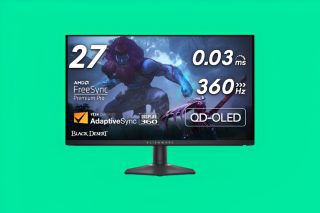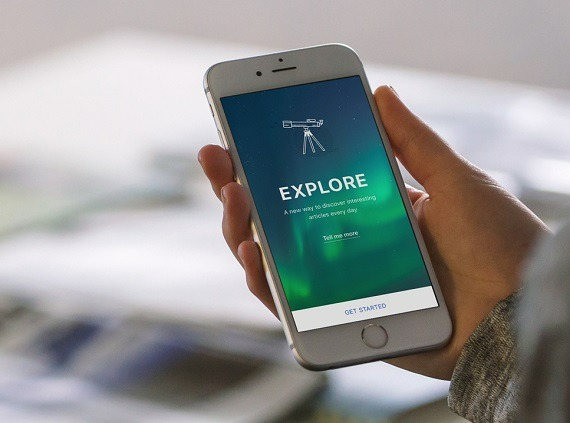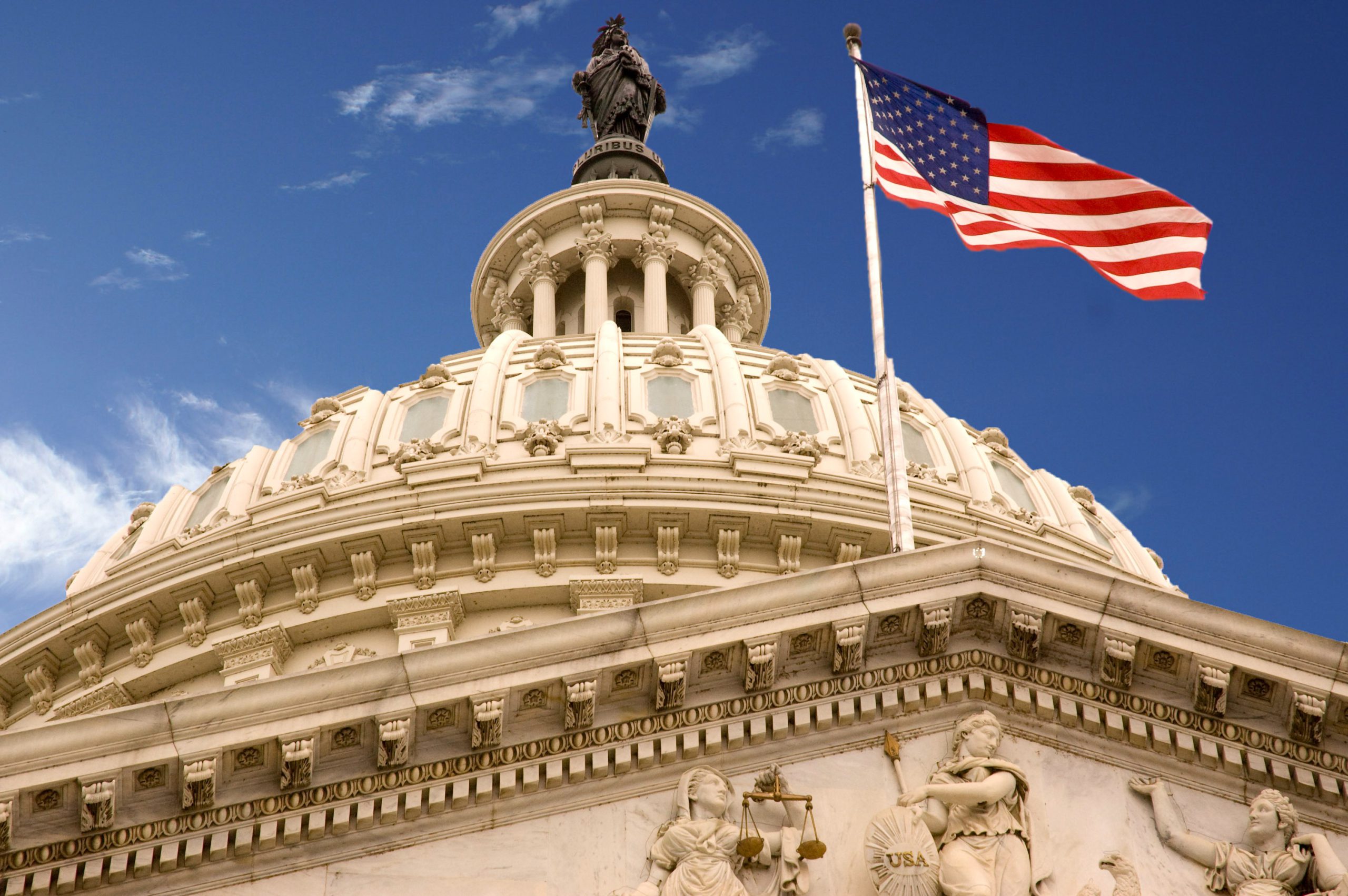Your favorite battle royale just pulled off the ultimate comeback. Fortnite landed back on the US App Store this week, marking the end of a nearly five-year exile that started with Epic Games giving Apple the digital middle finger
This isn’t just another tech company squabble getting resolved. It’s the moment when David finally landed a clean shot on Goliath — think Netflix beating Blockbuster, but with more lawyers and angrier tweets.
Remember August 2020? Epic deliberately broke Apple’s rules by sneaking in direct payments, bypassing that infamous 30% commission. Apple booted Fortnite faster than you could say “Victory Royale,” and the legal fireworks began. (For the full story, check out our Epic Games vs Apple legal timeline.)
But here’s where it gets spicy. Judge Yvonne Gonzalez Rogers didn’t just rule in Epic’s favor — she found Apple in “willful violation” of her 2021 injunction. That’s courtroom speak for “you knew exactly what you were doing, and you did it anyway.”
The Real Victory Isn’t Just About Fortnite
“For Epic Games this was a hard fought win that carried a very steep price and may be too late to boost its Fortnite game that is now past its prime,” said Gil Luria, analyst at D.A. Davidson. Hard words, but Epic’s victory extends far beyond one game’s fortunes.
Tim Sweeney, Epic CEO, called Apple’s fees “junk fees” and declared them “dead” in America. At the time of the ban, Epic had 116 million users just on Apple’s platform. That’s a huge community of frustrated gamers caught in the middle of the Apple vs Epic legal battle, waiting to see how the Fortnite App Store dispute will reshape mobile gaming access.
This dispute fundamentally changed how apps make money on iOS. Now developers can add buttons linking to external payment methods without Apple’s commission strangling their profits. Major players like Spotify and Amazon Kindle have already jumped on this opportunity.
Apple Tried Every Trick in the Playbook
The drama peaked when Apple initially blocked Epic’s app submission, claiming they were just following protocol. The judge wasn’t buying it. “Apple violated a U.S. court order” that required the company to allow greater competition for app downloads and payment methods in its App Store, the ruling stated.
Even after the ruling, Apple tried to stall, refusing to approve Fortnite’s comeback until all legal battles wrapped up. That tactic backfired hard when the court demanded Apple’s top executives personally respond to the Fortnite App Store controversy, escalating pressure in the ongoing Epic Games legal fight over Fortnite’s return to iOS.
What This Actually Means for Your Gaming
The new Fortnite app includes both Apple’s payment system and Epic’s direct payment method. When you buy V-Bucks, you’ll see options that could save you money. Epic offers a 20% discount when you pay through their store.
But don’t expect this to end the war between these tech titans. Apple is appealing the ruling, and Sweeney made it clear this is just the beginning. He’s demanding Apple extend these “friction-free, Apple-tax-free” policies worldwide.
For now, your iPhone can finally rejoin the battle royale party that Android users never had to leave. Whether this marks the beginning of a more open App Store or just another chapter in big tech’s endless legal soap opera remains to be seen.
Want to know more? Check out our Guide to in-app purchases on iOS or the History of Fortnite bans and comebacks.
Either way, 116 million iOS players just got their game back. That’s what I call a Victory Royale worth waiting five years for.




























